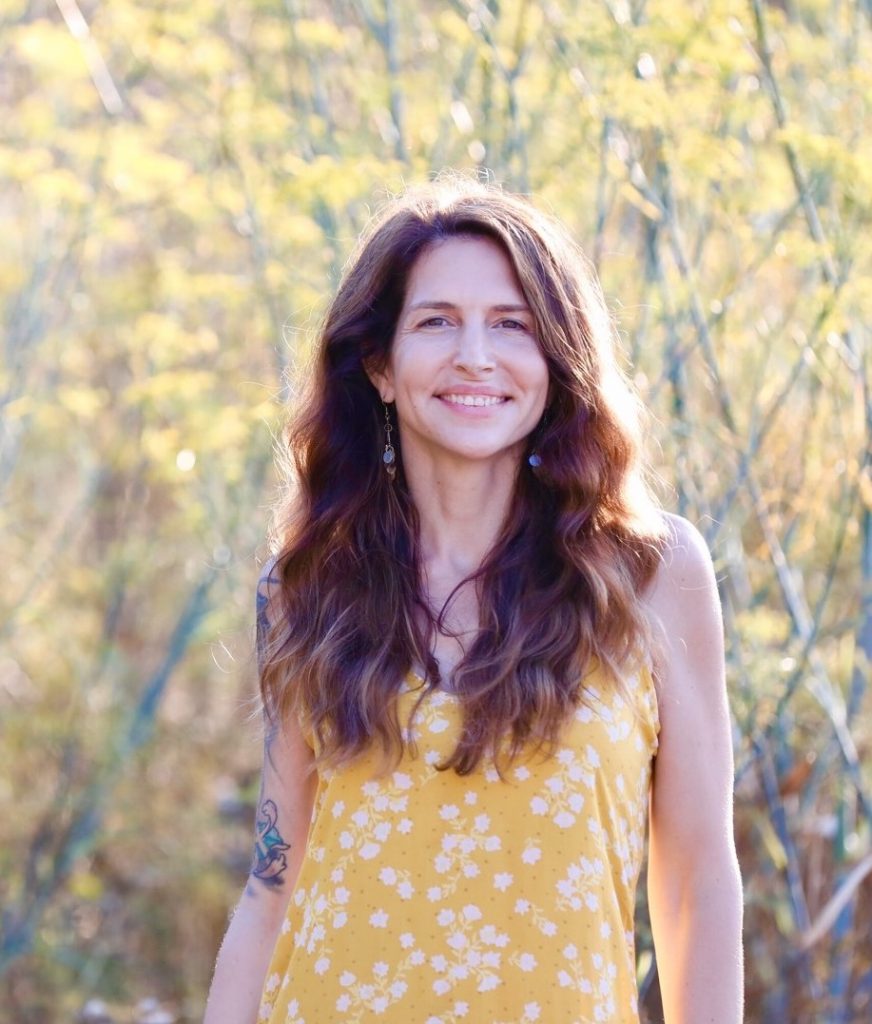Our pleasure shows us where we are in alignment. It is a natural built in system that shows us what is right for us. However, not all experiences we might label as pleasurable are created equal.
It is helpful to learn to differentiate between different types of pleasure. For example, eating a piece of chocolate cake might feel good in the moment but that does not necessarily mean it is really in alignment with you. To determine whether it is or not you need to pay attention to the entire experience. While you\’re eating the chocolate cake, it might actually be a pleasurable experience, but how do you feel after you eat the chocolate cake? Does it continue to be a pleasurable experience?
It is also helpful to pay attention to the quality of the pleasure; is it consistent throughout the layers of the experience? Using the same example of the chocolate cake, it might feel good in your mouth, but not feel good in your body. Maybe it negatively impacts our emotions because it\’s more food than we actually need, and we know it and so we feel a little uncomfortable about having eaten it. While I am using the example of chocolate cake, this approach applies to all experiences in our lives. How we feel at work. How we feel in our relationships. As we pay attention, more to our pleasure and learn to really listen to it we strengthen our ability to navigate through life.
Another thing that gets in the way of using pleasure as our guide is having a negative relationship with pleasure. Because of this you can feel badly about something that is actually good for you. Your conditioning distorts the picture of what you are experiencing based on ideas about what you should or should not enjoy. The opposite can also be true. We can learn to feel pleasure associated with things that are not good for us through conditioning as well.
The basic experience gets distorted by misconceptions and misinterpretations of events that take what would be a simple mechanism for determining what is right for us and making it confusing. It would be wonderful if it was as easy as if it is a pleasurable experience, then it is in alignment and you can say yes to it we can welcome more of it into your life. And if it is not a pleasurable experience then you want to redirect and go in a different direction. Once we get past all of the conditioning this is true, but it takes some time to do so.
It may seem as if with all this conditioning it is impossible to trust how you feel about things. However, the trick is not to cast pleasure aside and start trying to figure out what is best through your mind but instead to dive more deeply in and practice paying closer attention.
To use pleasure as a guide, and it is a very useful guide, you can start by paying attention to where you might be filtering or misinterpreting the information that\’s coming in about what is pleasurable,. You can then learn about what works for you or does not work for you in any given situation. As you pay attention to all aspects of your experience around an event that you consider pleasurable you become more refined about what is truly pleasurable.
As we become more and more refined, it becomes easier to have that simple relationship with pleasure –if it feels good then it is good. Then you are able to use pleasure to cultivate people, places, things, situations and activities in your life.
As you do so, you will feel so better and better in all aspects of your life because you are creating a life that is in alignment with you. As you cultivate this, it actually raises your overall energy.; your energy starts operating at a higher level, which continues the refinement process of your pleasure. This allows you to hone in on what it is that is working for you and what it is that\’s best for you through what feels good.
Then your pleasure becomes this incredibly valuable tool for creating a life that feels really good and is really in alignment with who you are.

